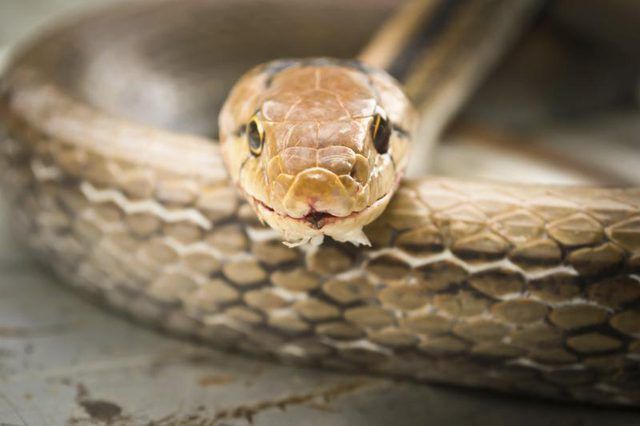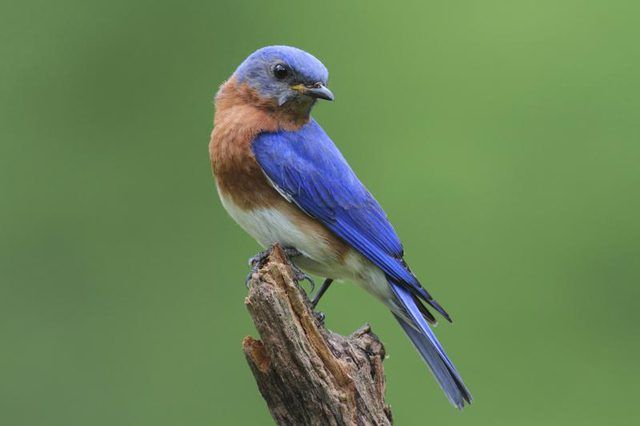Bulbs
Flower Basics
Flower Beds & Specialty Gardens
Flower Garden
Garden Furniture
Garden Gnomes
Garden Seeds
Garden Sheds
Garden Statues
Garden Tools & Supplies
Gardening Basics
Green & Organic
Groundcovers & Vines
Growing Annuals
Growing Basil
Growing Beans
Growing Berries
Growing Blueberries
Growing Cactus
Growing Corn
Growing Cotton
Growing Edibles
Growing Flowers
Growing Garlic
Growing Grapes
Growing Grass
Growing Herbs
Growing Jasmine
Growing Mint
Growing Mushrooms
Orchids
Growing Peanuts
Growing Perennials
Growing Plants
Growing Rosemary
Growing Roses
Growing Strawberries
Growing Sunflowers
Growing Thyme
Growing Tomatoes
Growing Tulips
Growing Vegetables
Herb Basics
Herb Garden
Indoor Growing
Landscaping Basics
Landscaping Patios
Landscaping Plants
Landscaping Shrubs
Landscaping Trees
Landscaping Walks & Pathways
Lawn Basics
Lawn Maintenance
Lawn Mowers
Lawn Ornaments
Lawn Planting
Lawn Tools
Outdoor Growing
Overall Landscape Planning
Pests, Weeds & Problems
Plant Basics
Rock Garden
Rose Garden
Shrubs
Soil
Specialty Gardens
Trees
Vegetable Garden
Yard Maintenance
How to Prevent Snakes from Getting in a Bluebird House
How to Prevent Snakes from Getting in a Bluebird House. Snakes are bluebird predators, especially in southern U.S. states. When snakes access a bluebird house, or nesting box, they consume bluebird eggs, nestlings or even the adult birds, depending on the snake species. One solution may not be enough to deter snakes. So employing a couple of...
Snakes are bluebird predators, especially in southern U.S. states. When snakes access a bluebird house, or nesting box, they consume bluebird eggs, nestlings or even the adult birds, depending on the snake species. One solution may not be enough to deter snakes. So employing a couple of bluebird house protection methods simultaneously may be necessary.

A bluebird house mounted directly below a tree or on a fence is an invitation to predators, many of which can easily gain access to the house. A pole mounted in a regularly mowed lawn away from bushes and other brush, however, makes snakes think twice before they attempt to reach a bluebird house at the pole's top. Writhing across an open space such as a mowed lawn exposes snakes to predators. A sheet of hardware cloth -- plastic-coated wire mesh -- also helps deter snakes when it is on the ground beneath a bluebird house. Greasing the pole does little to convince snakes to keep away because many snake species are good climbers.

Named for Ron Kingston, who designed it, the Kingston Stove Pipe is a large, cylindrical baffle that mounts around the pole supporting a bluebird house. The cylinder is an 8-inch-diameter stove or vent pipe. Its end facing the birdhouse is tightly sealed with wire mesh while its bottom is open and allowed to swing freely. Snakes climbing the pole to reach the birdhouse have difficulty navigating the change in diameter from the smaller mounting pole to the larger stove pipe. Further, the swinging action of the stove pipe loosens a snake's purchase as the animal tries to go around the stove pipe. If snakes climb into the stove pipe, the wire mesh at its top prevents them from going farther up the pole. A similar device can be constructed from polyvinyl chloride pipe and sealed with a cap on its upper end instead of mesh. When covering the top of the stove pipe with wire mesh or the top of the PVC pipe with a cap, leave a hole that is just large enough for the nesting box mounting pole to pass.

Made of a circular, 3-foot-diameter section of galvanized sheet metal, the Zeleny Cone blocks snake travel up the mounting pole to a birdhouse. Once a small section is cut from the circle, bending the circle produces a cone shape. Like the Kingston Stove Pipe, the Zeleny Cone mounts on the pole below a birdhouse. When the cone's top -- the raised middle portion -- points toward the bluebird house, most snakes wind up climbing only as high as the top of the cone. Large snakes may be able to scale the cone's top, however. So employ the Zeleny Cone in conjunction with other bluebird house protection methods.

Although mostly used to block raccoons and cats, the Noel Guard also can be used to discourage snakes. The Noel Guard is a rectangular piece of wire mesh with 1/2-inch openings, and it can be mounted around the entrance hole of a bluebird house. This guard is more a secondary way than a primary way to keep snakes at bay. Small snakes probably can circumvent the guard. Large snakes that work their way past a Zeleny Cone, however, may be too large to fit comfortably through the rectangular tunnel created by the Noel Guard.
